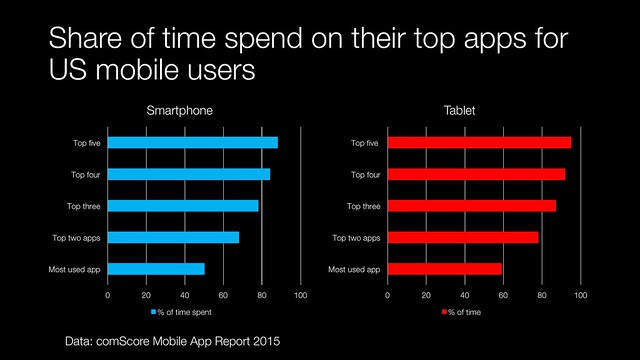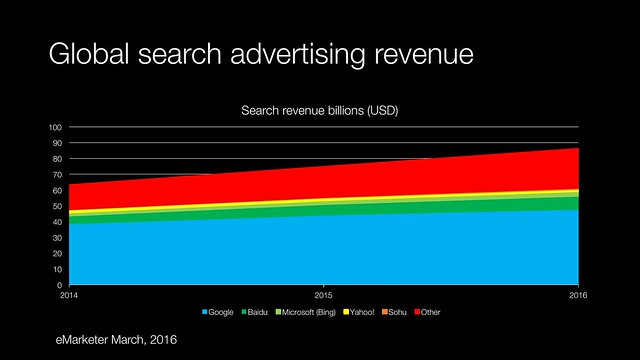Britain, EU at odds over timing of divorce talks – The Boston Globe – The markers of European decline are not hard to find. For the first time in modern history, Asia has more private wealth than Europe, the Boston Consulting Group said last year. And China will account for 70 percent of Asia’s growth between now and 2019, the group said. – It is of course more complex than ‘because China’. Rampant deindustrialisation, a loss of pride, crushing austerity. Intractable economic problems. A loss of identity and loss of empire. A collective hallucination all contributed to the non-binding vote that has resulted in divorce talks. Just wait until these divorce talks get on to fishery issues, free trade and state aid.
How a Former Apple Designer is Updating Huawei’s Look — The Information – trying to crawl out of the commoditisation trap. More on Huawei here
How ‘Deleted’ Yahoo Emails Led to a 20-Year Drug Trafficking Conviction | Motherboard – this has interesting privacy implications, i.e. you don’t have any with Yahoo! or probably most other email services
Earned Brand 2016 – Edelman – interesting research into consumer brand relationships across a range of brand categories
Chinese Company in Patent Dispute With Apple Barely Exists – WSJ
Something doesn’t add up in Nikesh Arora’s sudden exit from SoftBank | Techinasia – it’s rather cast a shadow on Nikesh
Universities and startup factories are fuelling a rise in UK startups like Magic Pony, the AI business Twitter bought for $150 million – While the Magic Pony exit is likely to be seen as a positive step for the UK AI scene, it does raise questions about whether the UK will ever be able to produce a really big AI company if Silicon Valley keeps preying on the country’s most promising startups. – This rather reminded me of the role that lower division clubs like Tranmere Rovers used to play for top sides. Feeding talent through and not profiting by the talent development themselves.
Taking the headphone jack off phones is user-hostile and stupid | The Verge – you could argue the same about removing floppy disks on the original iMac, though I am inclined to agree with this
BNNS – Apple Developer Documentation – Apple’s API that allows the GPU to run a simple neural network that helps the iPhone be smarter about preferences
Jack Ma’s Counterfeit Comments Shed Light on Taobao’s ‘Legal’ Fakes | Jing Daily – Alibaba throws a grenade at the luxury industry
Y Combinator’s Xerox Alto: restoring the legendary 1970s GUI computer – amazing when you think about how long ago it was and how little forward we have come from it by comparison in subsequent years
RIMOWA – Electronic Tag – interesting, but looks like tech, for tech’s sake
Social influencers now more popular for brand campaigns than traditional celebs | PR Week – so the survey data is self serving but it also might say something about client budgets
Survival on the Wirral | Culture | The Independent – if you want to know why the poor are voted for Brexit, its because scenes like this haven’t changed
Brexit and Trust – Edelman – this has been a long train running in the UK for decades not years, but otherwise an interesting read
RA: Real estate, gentrification and nightlife in New York – pretty much the same story as London



